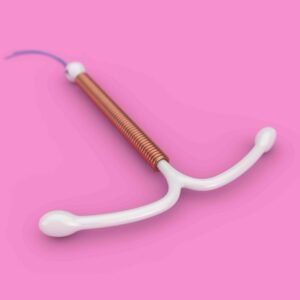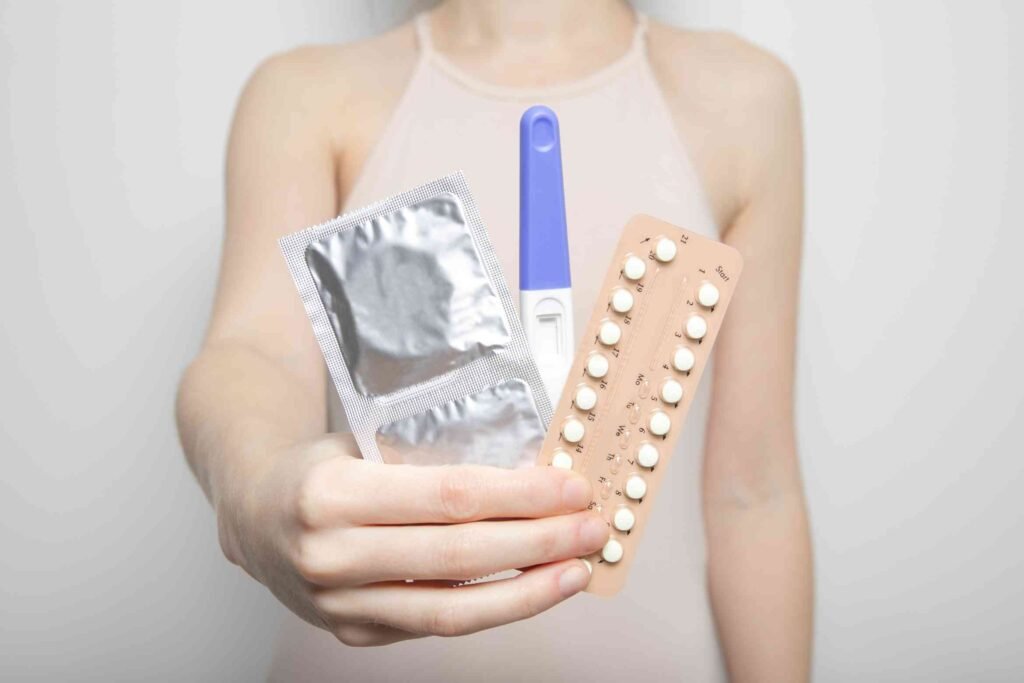Birth Control Options Explained: From Pills to IUDs
Choosing the right birth control method can feel overwhelming, especially with so many birth control options available today. Whether you’re looking to prevent pregnancy, regulate your period, or even manage certain health conditions, the variety of choices means there’s something that can work for almost everyone. But how do you figure out which one is best for you?
In this post, we’ll break down the most common birth control options, from pills to IUDs, in a relaxed, easy-to-understand way. Think of it as chatting with a friend who’s already done all the research. We’ll cover how each method works, the pros and cons, and what to consider when making your decision.
Understanding Birth Control Options
Before diving into the nitty-gritty, let’s take a step back. Why is it important to understand the full range of birth control options out there?
Because everyone’s body and lifestyle are different. What works for your best friend might not be right for you. Some methods are better for short-term use, others are low-maintenance and last for years. Some help with acne, while others don’t play well with certain medical conditions. Knowledge really is power here.
And hey, even if you’re not currently sexually active, or you’re not looking to prevent pregnancy right now, knowing your options helps you plan ahead and take control of your reproductive health.

The Pill: Still the Most Popular Option
Let’s start with the pill, the OG of modern birth control options. It’s been around for decades, and for good reason—it works.
There are two main types of birth control pills:
- Combination Pills: These contain both estrogen and progestin.
- Mini Pills: These contain only progestin.
How they work: The pill prevents ovulation, thickens cervical mucus to block sperm, and thins the uterine lining to make implantation less likely.
Pros:
- Regulates periods
- Can reduce acne
- May reduce menstrual cramps
- Fertility typically returns quickly after stopping
Cons:
- Must be taken daily, ideally at the same time
- Doesn’t protect against STIs
- Can cause side effects like nausea, mood changes, or headaches

For many people, the pill is a solid choice, especially if you’re good with routines. But if daily pills feel like a hassle, there are plenty of other birth control options worth considering.
The Patch, the Ring, and the Shot: Hormonal Options with Less Hassle
Maybe popping a pill every day isn’t your vibe. That’s where these methods come in.
The Patch
This is a small adhesive patch you stick on your skin once a week. It delivers hormones through your skin and works similarly to the pill.
Pros:
- Only needs attention once a week
- Regulates periods
- Easy to use
Cons:
- Can cause skin irritation
- Might be less effective if you’re over a certain weight
- Visible on skin (which some people mind)
The Vaginal Ring (NuvaRing)
This flexible ring is inserted into the vagina and left in place for three weeks, then removed for a week.
Pros:
- Monthly maintenance
- Less estrogen than some pills
- Doesn’t require daily action
Cons:
- Must be comfortable with inserting it yourself
- Some people report vaginal irritation or discharge

The Shot (Depo-Provera)
This is an injection of progestin given every three months.
Pros:
- Only four times a year
- Can reduce or stop periods
- Discreet and private
Cons:
- May cause weight gain or mood changes
- Delayed return to fertility after stopping
- Requires a visit to a healthcare provider
These methods are great if you’re looking for reliable birth control options that don’t require daily attention but still want some flexibility.
IUDs:
If you’re all about convenience and long-term solutions, IUDs (intrauterine devices) might be your perfect match.
There are two main types:
- Hormonal IUDs (Mirena, Kyleena, Liletta, Skyla)
- Copper IUD (Paragard)
How they work: IUDs are small, T-shaped devices inserted into the uterus. Hormonal ones release progestin, while copper ones use copper to deter sperm.
Pros:
- Can last anywhere from 3 to 10 years
- Over 99% effective
- Low maintenance
- Some hormonal IUDs can stop your period altogether
Cons:
- Insertion can be uncomfortable or painful
- Irregular bleeding for the first few months
- Doesn’t protect against STIs

IUDs are among the most effective birth control options out there. If you’re someone who doesn’t want to think about contraception daily, weekly, or even yearly, they’re worth serious consideration.
Implants: Another Long-Term Option
The birth control implant (Nexplanon) is a tiny rod placed under the skin of your upper arm. It releases a steady stream of progestin to prevent pregnancy.
Pros:
- Lasts up to 3 years
- Over 99% effective
- No need to remember anything
Cons:
- Can cause irregular bleeding
- Insertion and removal require a healthcare provider
- Some users report mood changes or headaches
Much like IUDs, implants are “set it and forget it” birth control options perfect for busy lifestyles.
Barrier Methods: Condoms, Diaphragms, and More
If you want hormone-free methods or need STI protection, barrier methods are essential.
Condoms (Male and Female)
Pros:
- Protect against STIs
- Widely available and affordable
- No prescription needed
Cons:
- Must be used correctly every time
- Can break or slip

Diaphragm and Cervical Cap
These are placed inside the vagina before sex and must be used with spermicide.
Pros:
- Hormone-free
- Reusable
Cons:
- Less effective than other methods
- Must be fitted by a doctor
While barrier methods aren’t as foolproof as some other birth control options, they’re still an important part of the conversation—especially when STI prevention is a priority.
Natural and Fertility Awareness Methods
These involve tracking your cycle, monitoring symptoms, and avoiding sex (or using backup methods) during fertile windows.
Pros:
- No hormones or devices
- Encourages body awareness
Cons:
- Requires dedication and education
- Less effective without perfect use
Apps and thermometers can help make this method more accurate, but it’s still less reliable than most other birth control options unless you’re super consistent.
Permanent Birth Control: When You’re Absolutely Sure
If you’re done having kids—or know for certain you never want them—permanent birth control might be the right path.
For People With Uteruses: Tubal Ligation
Often called “getting your tubes tied,” this is a surgical procedure to block or seal the fallopian tubes.
For People With Testicles: Vasectomy
A simpler, less invasive procedure that blocks the sperm-carrying tubes.
Pros:
- Permanent
- Highly effective
Cons:
- Not reversible (in most cases)
- Requires surgery
Permanent birth control options are major decisions, but for the right person, they offer peace of mind and zero maintenance.
Final Thoughts:
There’s never been a better time to explore your birth control options. With so many methods available—from daily pills to decade-long IUDs—you can find something that fits your life, your body, and your values.
Remember, this is about your health and your choice. Whether you’re trying to avoid pregnancy temporarily or never plan to have kids at all, understanding the full range of birth control options empowers you to make decisions with confidence.
If you’re unsure where to start, a quick chat with a provider or visiting a reputable sexual health clinic can help you get clear, unbiased advice.



